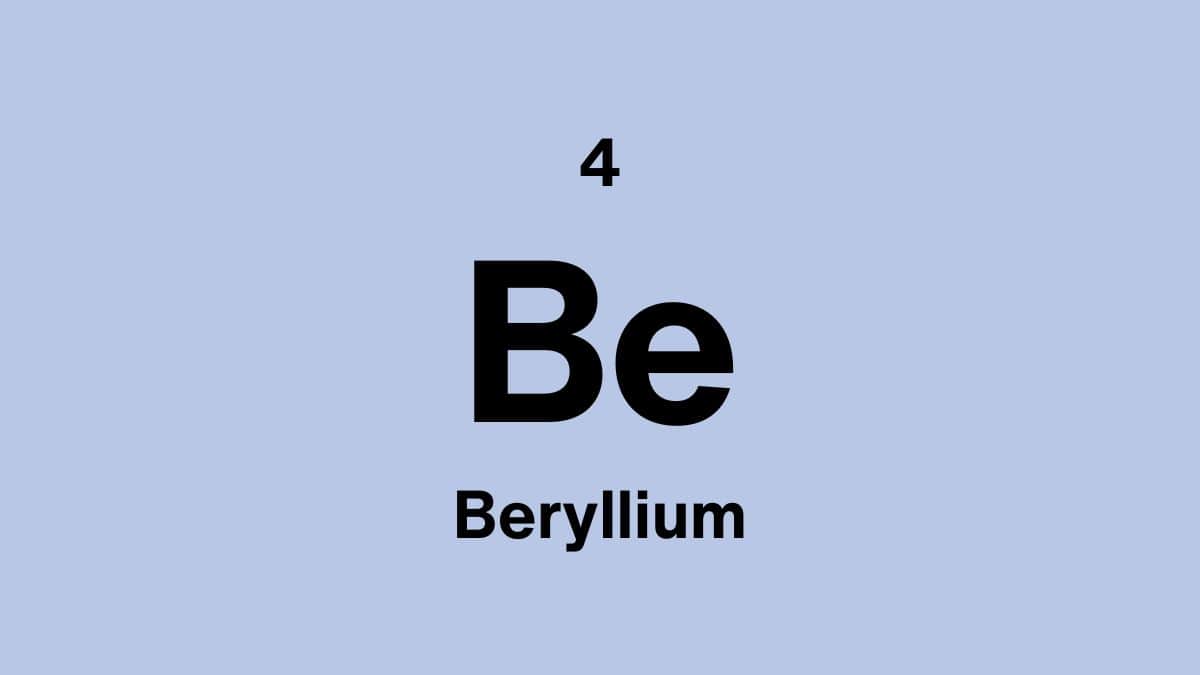Magnesium. The supplement is known for its medical value, but many don’t know its real use.
Magnesium is element number 12 on the periodic table of elements. This element can be found in every single living organism, animal and plant. Some people even use magnesium supplements to improve their blood pressure, and bone strength and to maintain a healthy heart rhythm.
Properties of the magnesium
| Atomic Number: | 12 |
| Atomic Symbol: | Mg |
| Atomic Weight (amu): | 24.305 |
| Electronegativity: | 1.31 |
| Melting point: | 650°C | 1202°F | 923.15K |
| Boiling point: | 1090°C | 1994°F | 1363.15K |
What does pure magnesium look like?
Pure magnesium is a silvery-white metal that is similar in appearance to aluminum but weighs one-third less. When magnesium burns it shines a very bright light, almost too bright to look at.
What is the biological role of magnesium?
Magnesium is an essential element in all forms of life. Chlorophyll, the green molecule that allows plants to capture sunlight, and photosynthesis to take place, has a magnesium-centred porphyrin complex. Without magnesium, photosynthesis would not be able to take place, and life as we know it would not exist.
What is pure magnesium used for?
Magnesium is used as a supplement by many humans, which will be discussed later.
Magnesium is often used in an alloy with aluminum to improve the mechanical, fabrication and welding characteristics. This alloy is very useful in aeroplane and car construction.
Magnesium is also used in products that need to be lightweight, such as laptops, cameras, and car seats.
Magnesium is used in flares, fireworks, and sparklers because it burns so brightly.
What are the main compounds with magnesium
Magnesium oxide is used to make heat-resistant bricks for fireplaces and furnaces.
Magnesium sulfate is sometimes used as a mordant for dyes.
Magnesium hydroxide is added to plastics to make them fire retardant.
Where can magnesium be found?
Magnesium does not appear in its pure form in nature and is found in large deposits, in minerals such as magnesite and dolomite. According to Magnesium.com, in 1992, China produced only 7,388 tons of magnesium. By 2010, this number was estimated to be 800,000 tons or more than 85% of global production. Many other countries besides China still produce magnesium, including Russia, Israel, Kazakhstan, and Canada.
Three common types of industrial magnesium production methods
- Extraction from dolomite and magnesite ore
- Extraction from sea salt
- Extraction through the Pidgeon process
Is magnesium expensive?
Magnesium is about 20% more expensive than Aluminum. In October 2017, the price of magnesium was $2.10 per pound, but the price peaked at $2.72 per pound.
Will we ever run out of magnesium?
There doesn’t seem to be a risk of running out of magnesium right now, but large auto manufacturers who rely on an aluminum-magnesium alloy have reported that there is a huge supply chain problem with the manufacture of magnesium in China. Due to the attempt to meet China's energy consumption goals, many factories were forced to shut down.
Can magnesium be recycled
In addition to magnesium-based scrap, significant quantities of magnesium are contained in aluminum alloys that also can be recycled. A significant quantity of the magnesium is recycled with the aluminum alloy.
Who discovered the magnesium element?
The credit for the discovery of magnesium is shared by two chemists. Joseph Black and Sir Humphrey Davy.
Scientists once thought that magnesium and calcium were the same substance, but in 1755 Scottish chemist Joseph Black showed by experiment that the two were different.
Sir Humphrey Davy was the first person to isolate magnesium, in 1808. Davy built a large battery and used it to pass electricity through salts. By using this method, he was the first person to isolate several alkali earth metals.
Is magnesium dangerous
There is no evidence that magnesium is toxic, but high doses of magnesium from supplements or medications can cause nausea, abdominal cramping and diarrhoea.
Magnesium powder is highly flammable and can be explosive.
The bright white light and ultraviolet light from burning magnesium can cause permanent eye damage.
Magnesium fires are extremely dangerous because they cannot be treated with water or with carbon dioxide fire extinguishers like normal fires.
Magnesium as a supplement
Disclaimer: Never make changes to your diet according to what you read on a blog. Speak to a medical professional first.
Magnesium helps keep blood pressure normal, bones strong, and the heart rhythm steady.
Low magnesium levels usually don't cause symptoms. However, chronically low levels can increase the risk of high blood pressure, heart disease, type 2 diabetes and osteoporosis.
Too much magnesium from foods isn't a concern for healthy adults. However, the same can't be said for supplements. High doses of magnesium from supplements or medications can cause nausea, abdominal cramping and diarrhoea.
Fun facts about magnesium
- Magnesium is one of the elements that are essential for all life on earth.
- In the centre of every chlorophyll molecule, there is a magnesium ion.
- Magnesium fires can only be put out with Class D fire extinguishers since water applied to magnesium will produce hydrogen which will fuel the fire and similar to carbon dioxide fire extinguishers.
- Mag wheels were once made from a magnesium aluminum alloy, but these wheels are no longer used since the alloy poses a fire risk.



